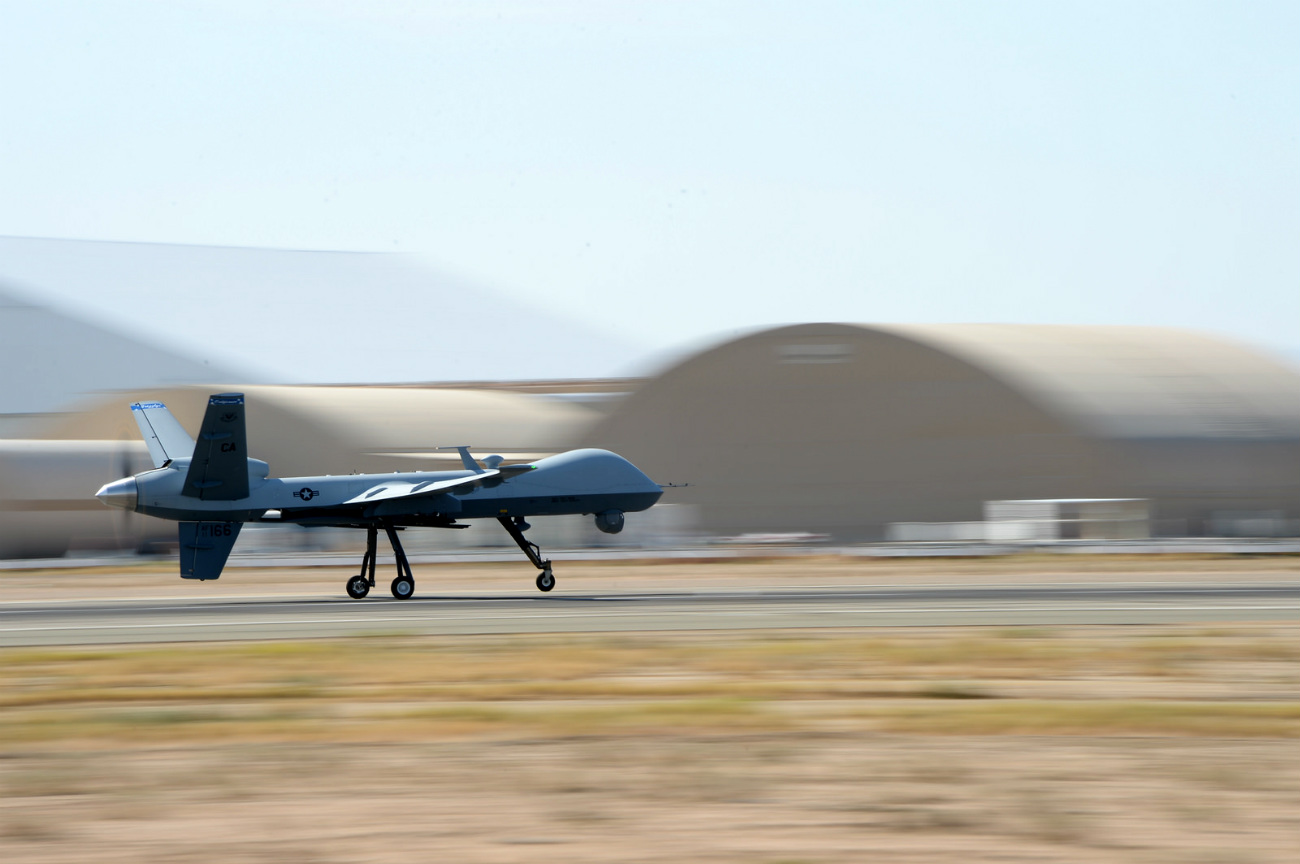


Not everyone has the military’s millions for drone acquisition, and there are a variety of MALE (Medium Altitude, long Endurance) drones that might be adapted to their needs. This specifies a need for a ‘reduced lifecycle cost’ and mentions the need for ‘Attritable Technology’ – in other words, drones they can afford to lose.Įven before the new request, the Air Force was looking at low-cost commercial drones to fill the gap. The Air Force’s new request for information aims to find out about potential replacements, to carry out the “Hunter-Killer ISR Mission” at medium altitude. However, this February, the Air Force announced it was ending production of the Reaper. In 2012 the Air Force effectively cancelled its plans for an MQ-9 Reaper replacement, known as MQ-X, in favor of Reaper upgrades. However, the Avenger had reduced endurance and payload and likely increased cost, and the Air Force were clearly not convinced, turning down the Avenger in 2011.

General Atomics, maker of the Predator and Reaper, rolled out the Predator-C or Avenger, a sleek, stealthy version of the drone designed to cope with air defenses. At medium altitude an aircraft is liable to be seen and shot at, and while Reaper operations generally avoid ‘defended airspace,’ as events in Yemen show, some losses are to be expected. Reapers operate at medium altitude other planes stay safe by flying at extreme altitude like the U-2 Dragon Lady, or by keeping down in the weeds. It also means the Reaper is not as expendable as the Predator, and losses cannot not be ignored.įor years Reapers operated with relative impunity over Iraq, Afghanistan and elsewhere, but two were shot down over Yemen by Houthi rebels last year. These are a set of semi-satirical observations formulated by a defense industry procurement executive in the 1980s that predict that by 2054 the Air Force and Navy will only be able to afford a single aircraft between them.īut that $32m price tag means that the Reaper could not be bought in large numbers. Military aircraft are notorious for following Augustine’s Laws. Increased performance always has a disproportionate effect on cost, and continual upgrades mean continual price hikes. The price inflation from $4m to $7m to 14m to the current $32m is no great surprise.


 0 kommentar(er)
0 kommentar(er)
